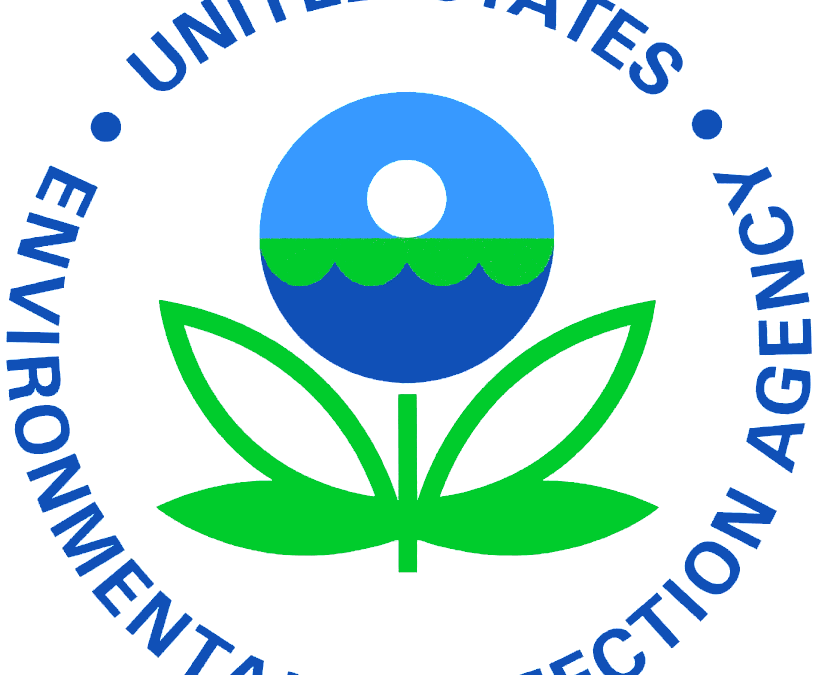WASHINGTON (OCTOBER 13, 2017) – EPA has reached an agreement with Monsanto, BASF and DuPont on measures to further minimize the potential for drift to damage neighboring crops from the use of dicamba formulations used to control weeds in genetically modified cotton and soybeans. New requirements for the use of dicamba “over the top” (application to growing plants) will allow farmers to make informed choices for seed purchases for the 2018 growing season.
“Today’s actions are the result of intensive, collaborative efforts, working side by side with the states and university scientists from across the nation who have first-hand knowledge of the problem and workable solutions,” said EPA Administrator Scott Pruitt. “Our collective efforts with our state partners ensure we are relying on the best, on-the-ground, information.”
In a series of discussions, EPA worked cooperatively with states, land-grant universities, and the pesticide manufacturers to examine the underlying causes of recent crop damage in the farm belt and southeast. EPA carefully reviewed the available information and developed tangible changes to be implemented during the 2018 growing season. This is an example of cooperative federalism that leads to workable national-level solutions.
Manufacturers have voluntarily agreed to label changes that impose additional requirements for “over the top” use of these products next year including:
- Classifying products as “restricted use,” permitting only certified applicators with special training, and those under their supervision, to apply them; dicamba-specific training for all certified applicators to reinforce proper use;
- Requiring farmers to maintain specific records regarding the use of these products to improve compliance with label restrictions;
- Limiting applications to when maximum wind speeds are below 10 mph (from 15 mph) to reduce potential spray drift;
- Reducing the times during the day when applications can occur;
- Including tank clean-out language to prevent cross contamination; and
- Enhancing susceptible crop language and record keeping with sensitive crop registries to increase awareness of risk to especially sensitive crops nearby.
Manufacturers have agreed to a process to get the revised labels into the hands of farmers in time for the 2018 use season. EPA will monitor the success of these changes to help inform our decision whether to allow the continued “over the top” use of dicamba beyond the 2018 growing season. When EPA registered these products, it set the registrations to expire in 2 years to allow EPA to change the registration, if necessary.
For more information: https://www.epa.gov/ingredients-used-pesticide-products/registration-dicamba-use-genetically-engineered-crops

